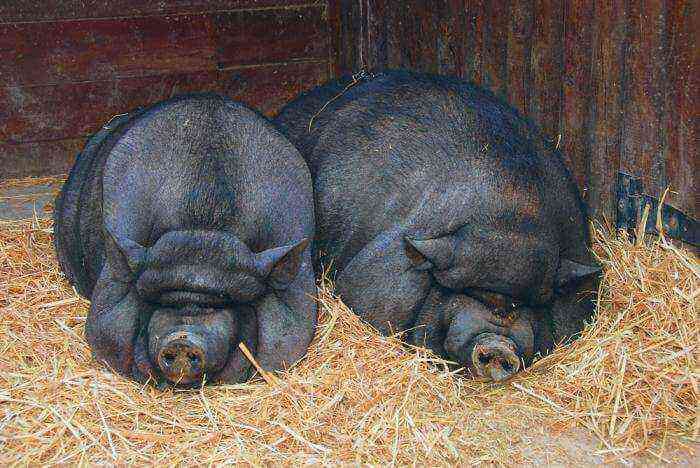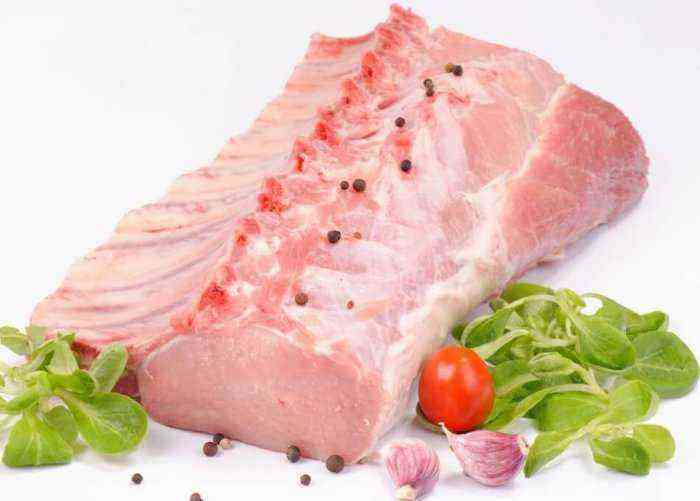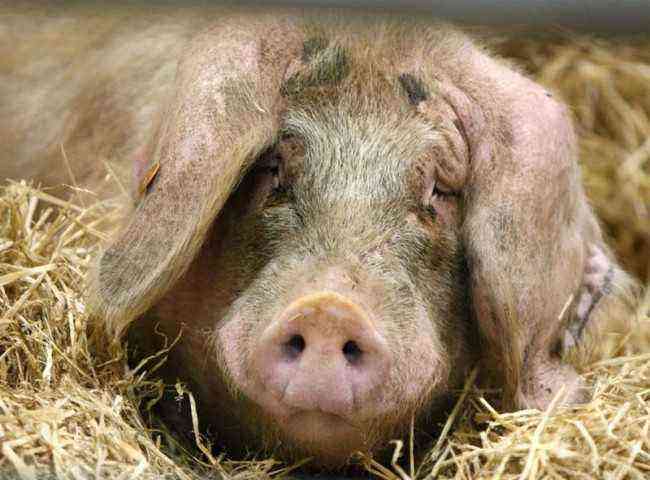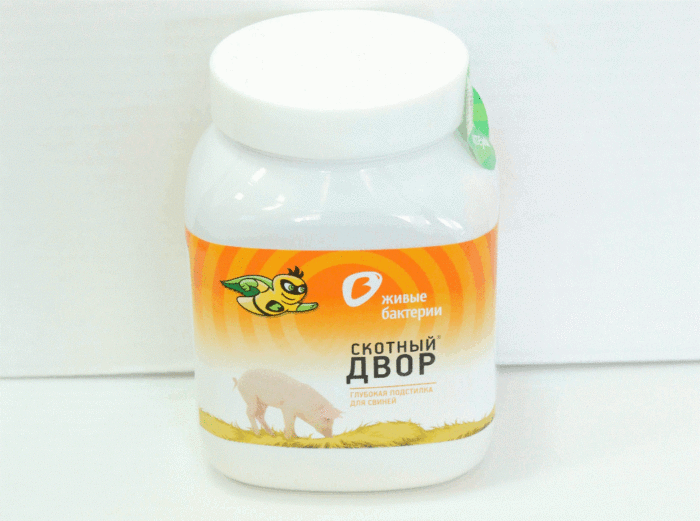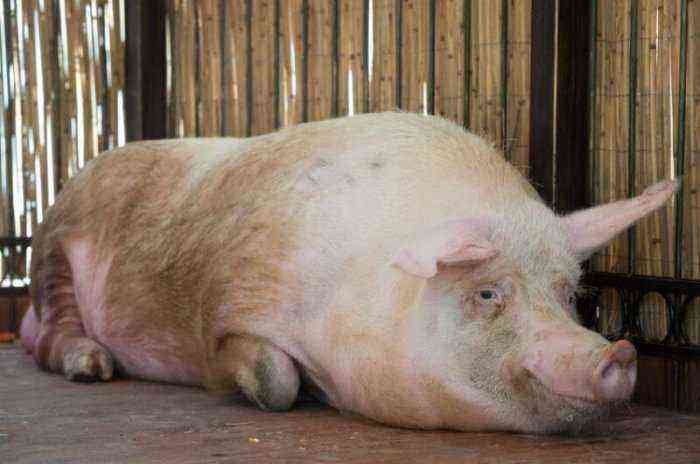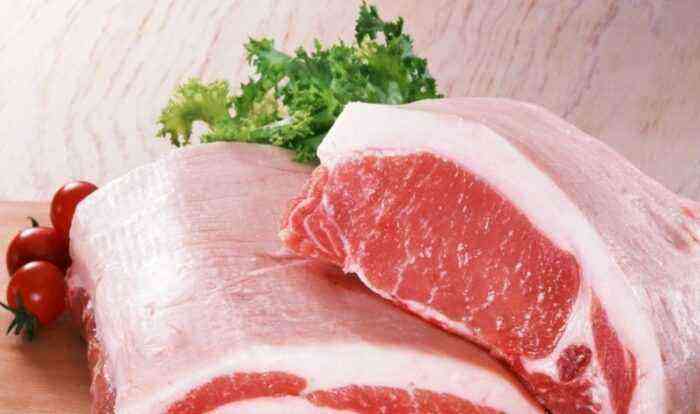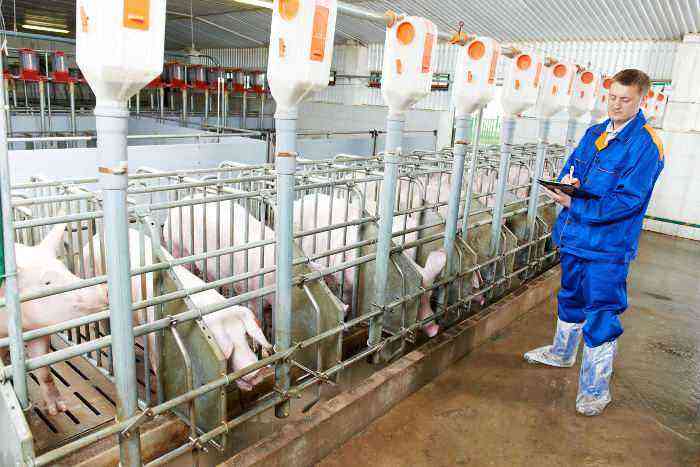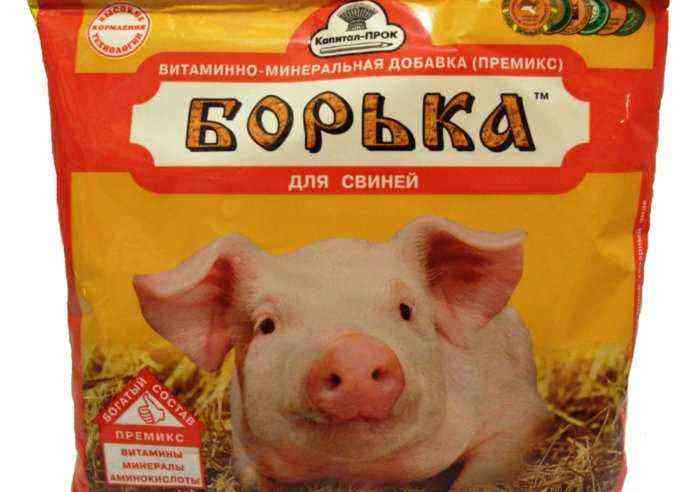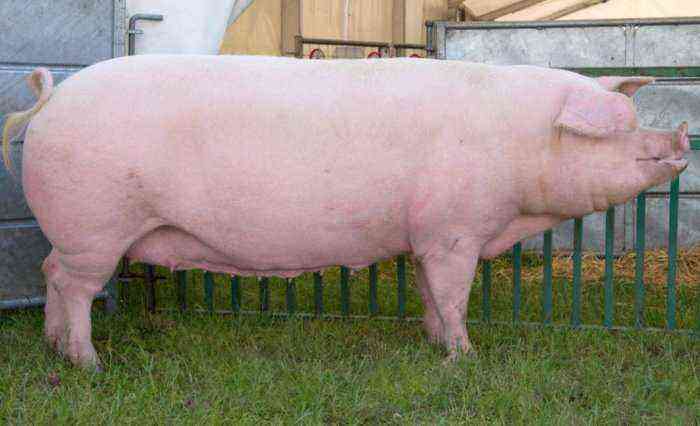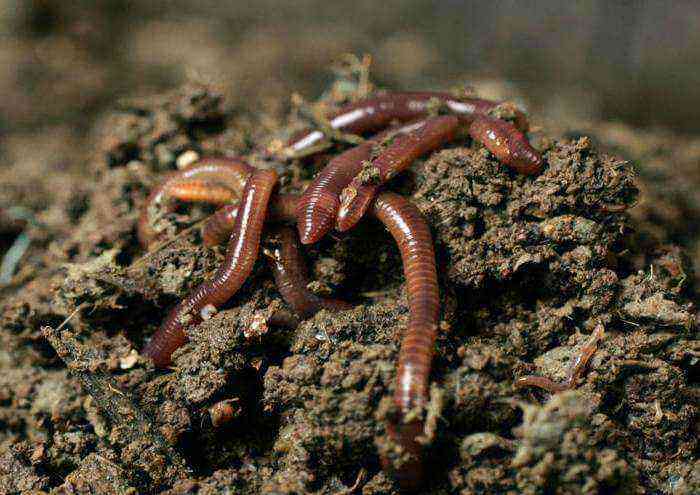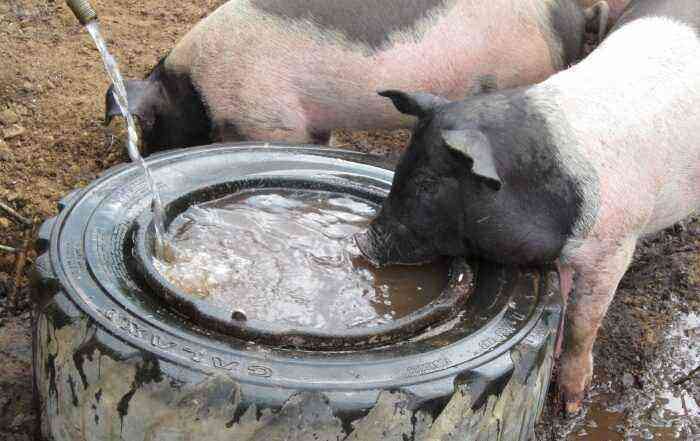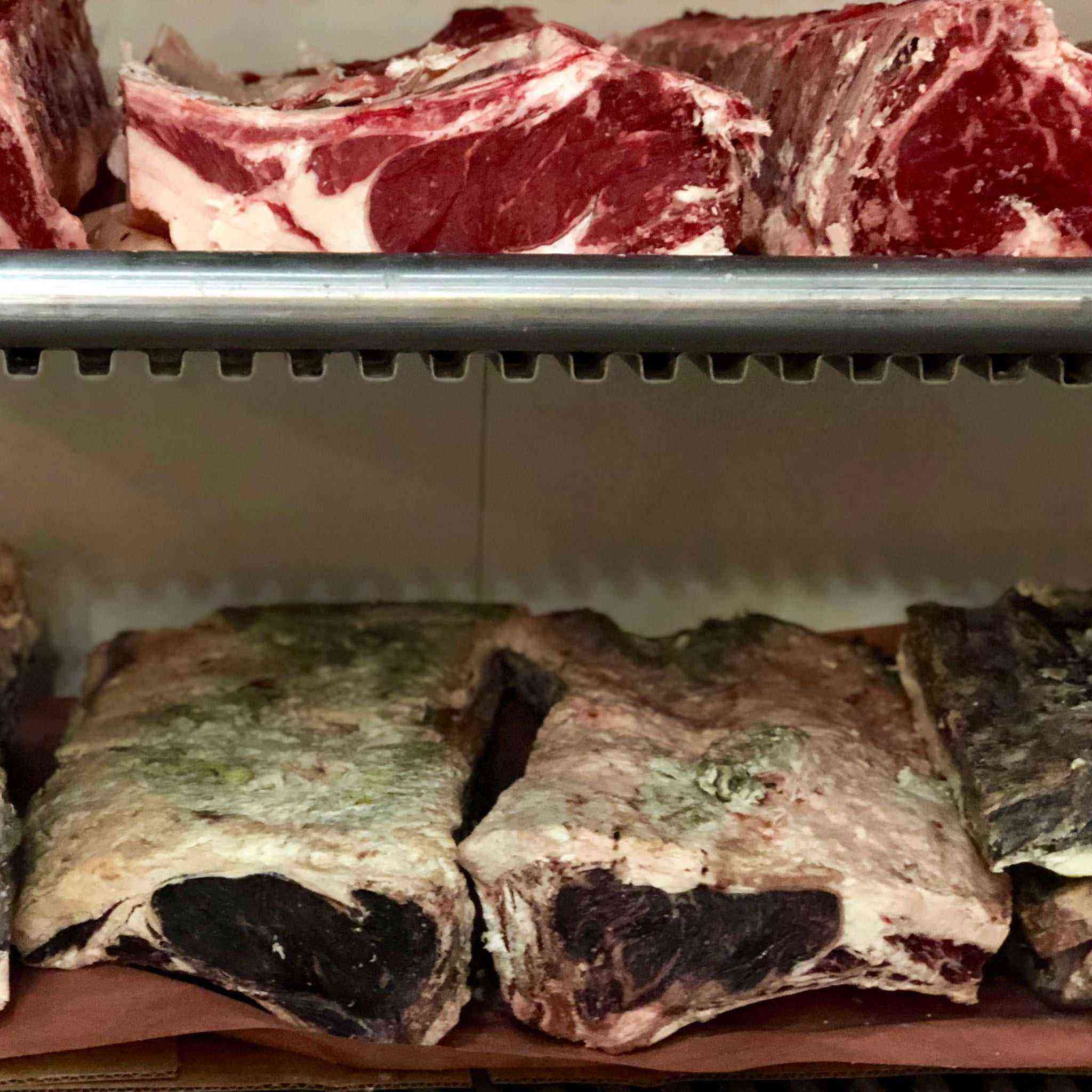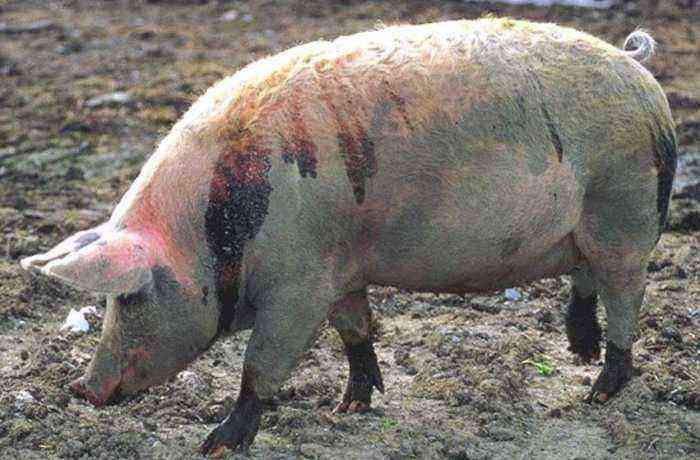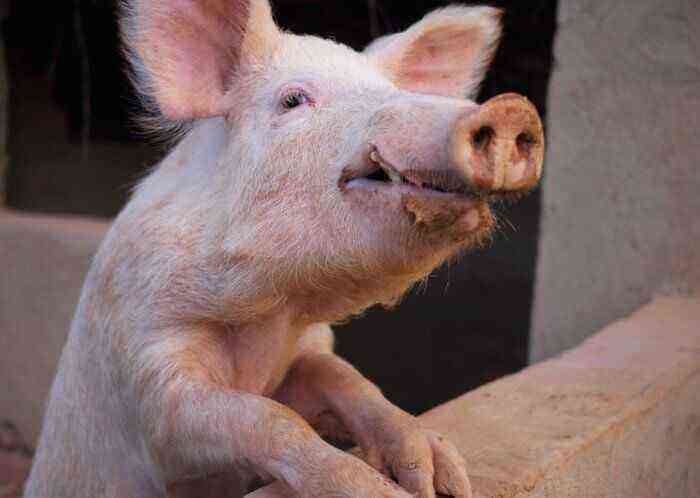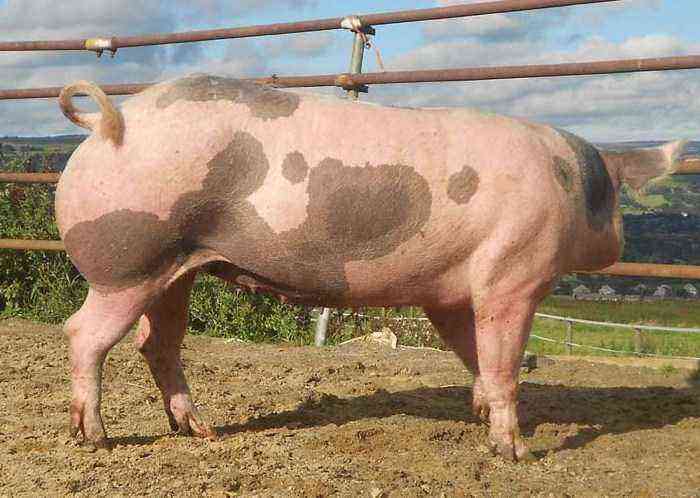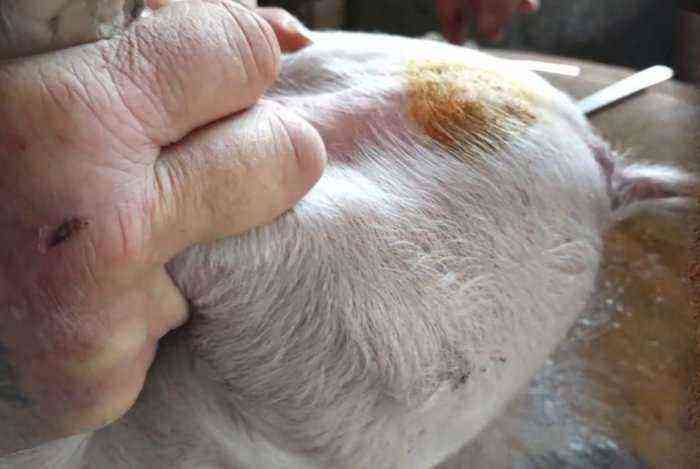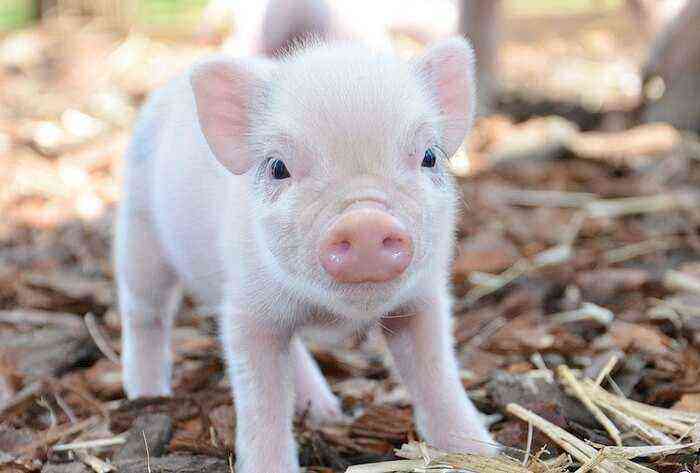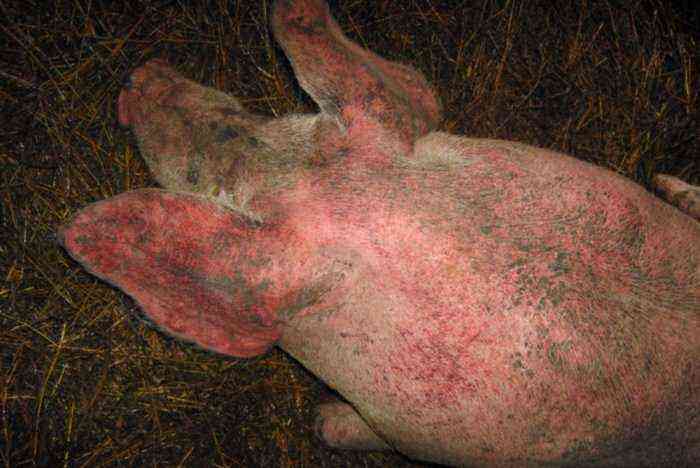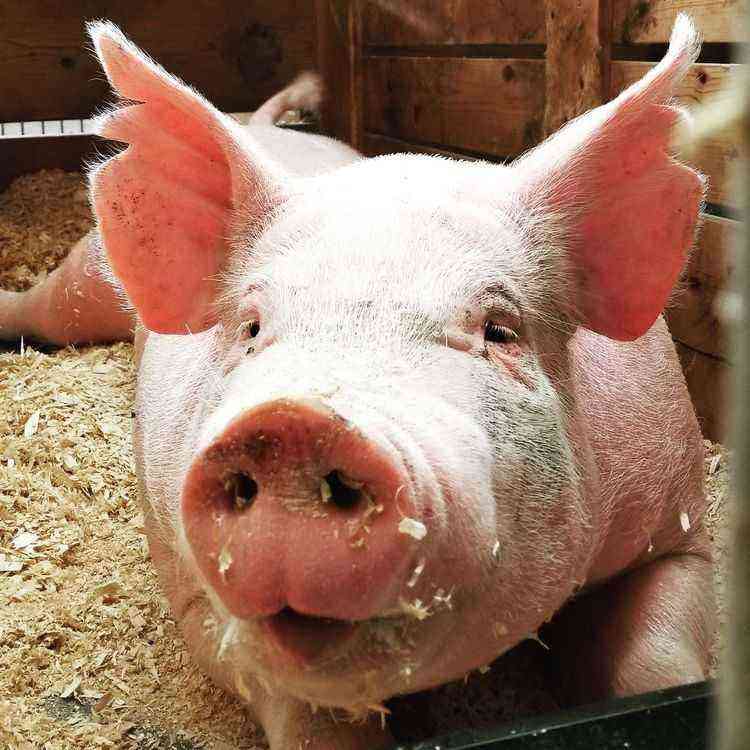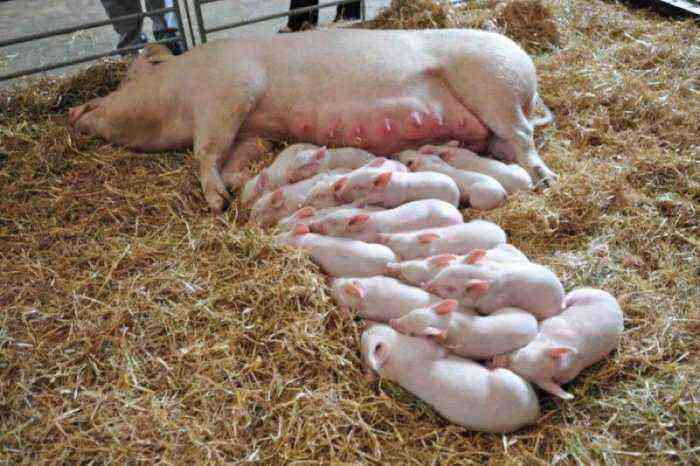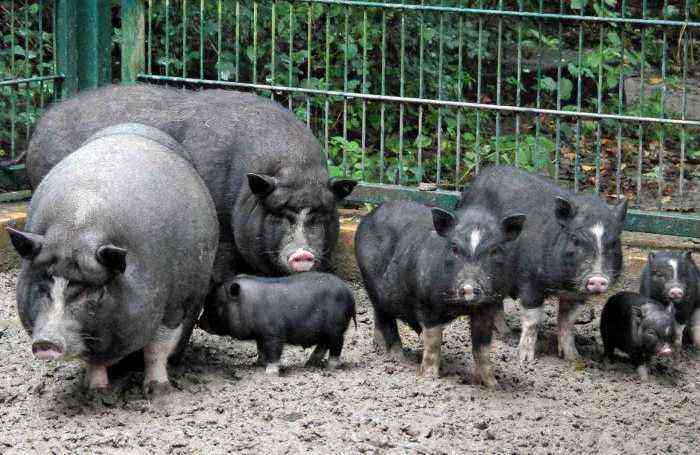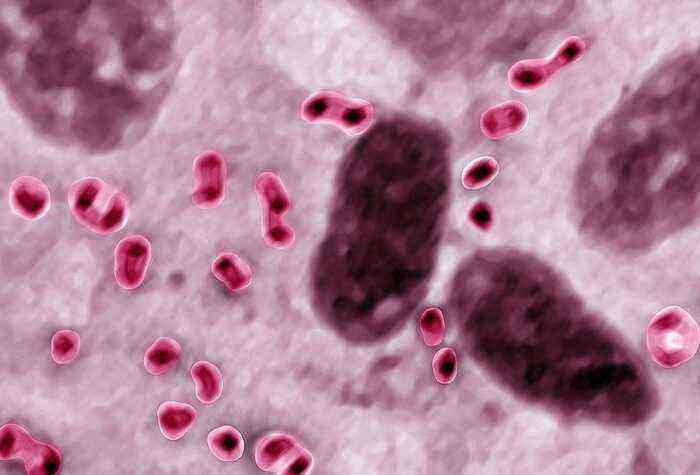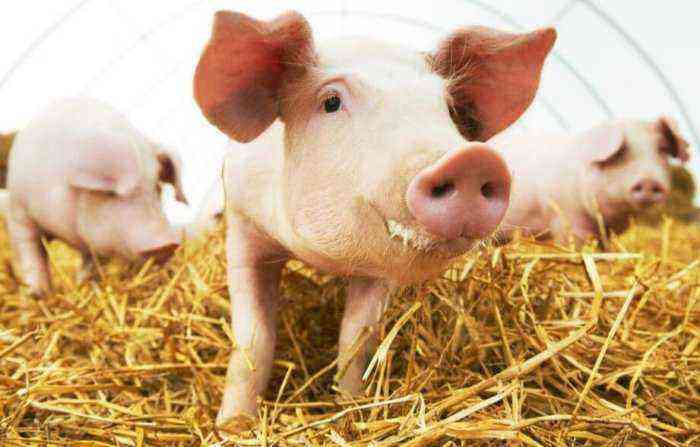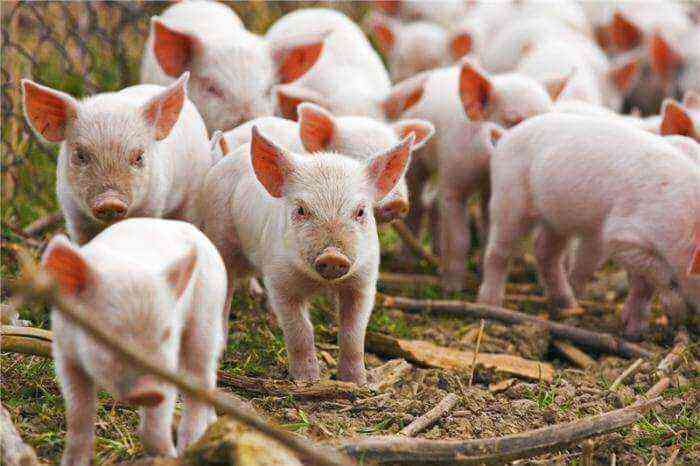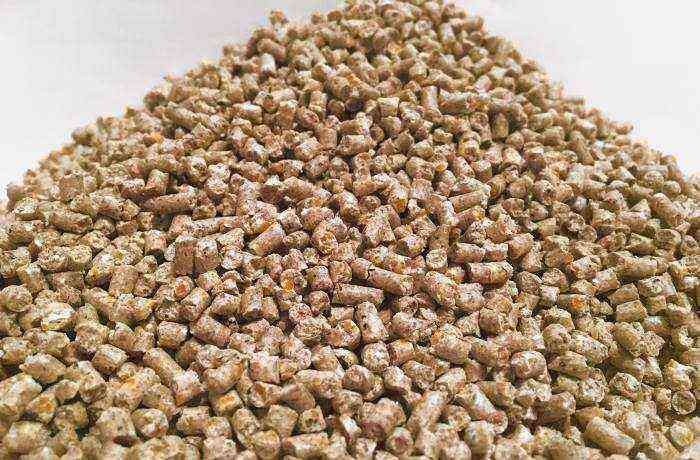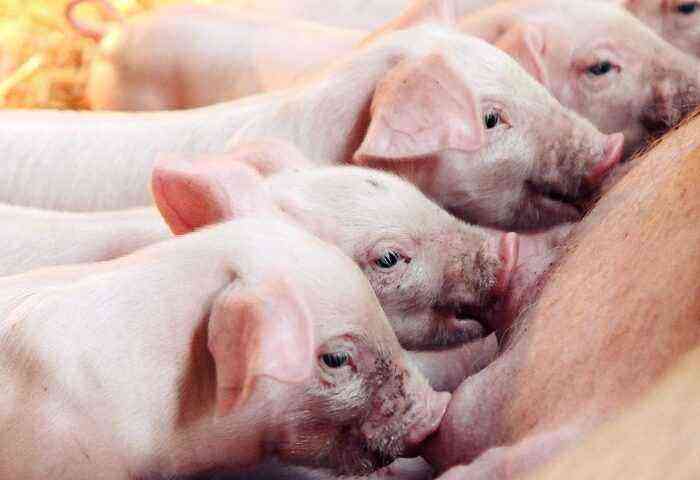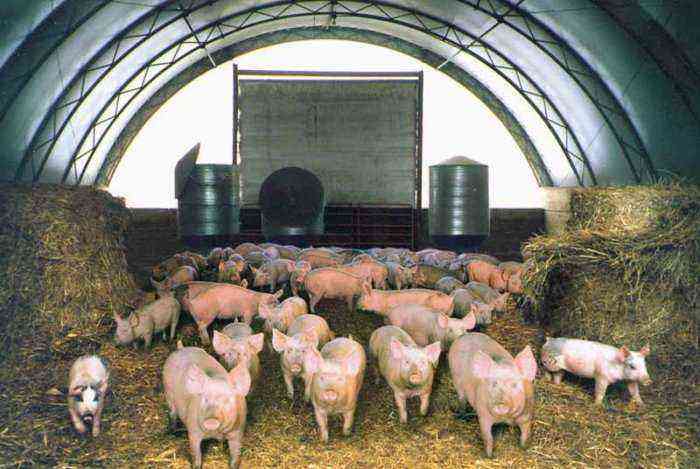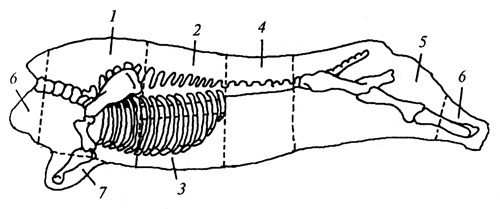To replenish feed resources, you can use non-traditional sources of feed, which are seasonal in nature, territorial restrictions. Such feeds are a by-product of specific industries and have not found wide application in large farms with industrial methods of pork production. Additional sources of feed allow you to save expensive concentrates without reducing the productivity of animals. Reserves for replenishing feed can always be found, the main thing is to use them wisely.
Plant
When harvesting sugar and table beets, carrots, turnips, a lot of tops remain, which, in terms of its chemical composition, is a good protein and vitamin feed. In farms, this green mass is usually plowed after harvesting. But its timely and high-quality harvesting makes it possible to replenish food supplies for the winter. Since the tops are harvested for future use, the best way to store them is in the form of herbal flour.
One of the most rational ways of harvesting haulm flour vegetable crops is its artificial drying on units such as AVM-0,4, AVM-1,5A. Raw materials are fed for drying no later than 2-3 hours after harvesting. The resulting feed in terms of the content of digestible protein, amino acids and carotene approaches the flour of alfalfa, clover, pea and oat mixture.
So, 1 kg of flour from sugar beet tops contains 0,6 feed units, 90 g of digestible protein, 100-150 mg of carotene, valuable amino acids, minerals and other nutrients.
Feeding flour from sugar beet tops to fattening pigs in the amount of 5-8% of the total nutritional value of the diet contributes to obtaining high average daily gains, reducing feed costs per 1 kg of gain by 7-8% and saving concentrates by 15%. Replacing 5% concentrates in the diet with flour from eggplant tops during fattening allows you to get the same gains as when feeding alfalfa flour, but reduces the cost of production.
Refuse
Pomace – waste from the alcohol and canning industry from the processing of apples, pears, grapes, tomatoes, pumpkins, carrots. They can be used with great efficiency in fattening pigs. The nutritional value of 1 kg of apple pomace is equal to 0,24 feed. units and 13 g of digestible protein, grapes – 0,31 fodder. units and 13 g of digestible protein. Practice shows that pomace is a good feed, but, unfortunately, they are often not used, although fattening pigs can include 1,5-2 kg of pomace in the daily ration.
Raw pomace during storage and transportation is quickly fermented and loses its nutritional properties. With an excess of these feeds, they are dried, processed into flour and given to pigs in exchange for part of the concentrates.
Grape pomace flour contains 11,5% protein, 12,0% fat, 26% fiber, BEV – 41, ash – 5%; in flour from apple pomace protein – 11,8%, fat – 10,7, fiber – 40, BEV – 43%. The value of these feeds also lies in the fact that they contain iron, manganese, copper, cobalt, zinc, other macro- and microelements and vitamins of group B. 1 kg of grape pomace contains copper 11,3 mg, manganese – 20,4, cobalt – 3,0, nickel – 2,6 mg; in apple copper – 30, iron – 650 mg; in tomato copper – 3,5, zinc – 4,9, iron – 0,7, manganese – 4,9 mg.
Replacing 15-20% concentrates (in terms of nutritional value) with grape or apple pomace in the diets of fattening pigs increases the average daily gain of animals by 5-15%, significantly reduces the cost of concentrates per unit of growth and saves 40-50 kg of grain feed on fattening one pig.
Flour from apple pomace
Apple pomace flour is an effective means of preventing anemia in suckling piglets. Feeding piglets in the first 4-5 weeks of life, starting from 3-5 days of age, up to 500 g of apple pomace flour fully provides their body with iron and prevents the onset of the disease. Giving these feeds to sows during the week before farrowing and a month after it, 0,5 kg per head per day, eliminates postpartum constipation, anemia of the uterus and reduces the incidence of gastroenteritis in piglets.
Flour from incubation waste. Flour from the waste of incubation of chicken eggs is the most valuable highly nutritious feed for pigs. It contains 79,3% of dry matter, protein – 27,2, fat – 18,8, ash – 31,2, calcium – 12,8, phosphorus – 0,3, magnesium – 0,6%. zinc – 25,2 mg / kg, iron – 37,5 mg / kg, etc.
It can be used as a protein, fat and mineral supplement in pig diets.
Replacing 5% of concentrates with fodder flour in the diets of fattening young animals by 50 g increases the average daily gains and by 0,51 fodder. units reduces feed costs per 1 kg of growth. Saving concentrates on each centner of growth is about 70 kg. When replacing concentrates with fodder meal from incubation waste, fat deposition and calorie content of meat increase in pigs.
Feed enricher
Feed enricher is obtained from canyga – the contents of the proventriculus of ruminants. Hydrochloric acid – 0,8% of the mass of raw materials and potassium permanganate – 0,01%, previously diluted with water, are added to the canyga: the first in a ratio of 1:4, the second – 1:10. Heat treatment of canyga is carried out in a boiler at a pressure of 2 atm. and a temperature of 115 °C. With constant stirring for 30 minutes, partial dehydration of the raw material takes place, at 30-50 minutes – sterilization and 3-4 hours – drying under vacuum.
In appearance, the food resembles crushed hay with a specific smell. It is eaten by pigs without training and preparation. It consists of: protein – 16,8%, fat – 3, fiber – 17, calcium – 1,5, phosphorus – 3,2%, carotene – 40 mg / kg.
The inclusion in the diets of fattening pigs of 250 g per head of feed enricher per day increases the average daily gains, reducing the total feed consumption by 1 kg of gain, including 0,5 kg of concentrate consumption. The total savings of concentrates for obtaining 1 centner of growth is 50 kg.
Pine and coniferous flour
Pine needles and coniferous flour are used mainly as vitamin and mineral supplements. 1 kg of spruce, pine and juniper legs contains 0,13-0,21 feed units, 10-14 g of digestible protein, 110-150 mg of carotene, vitamins B2, C, E, K, provitamin D, folic acid, phosphorus, potassium and trace elements.
It must be borne in mind that fresh needles are rich in essential oils, resins, which can cause irritation and disease of the gastrointestinal tract, urinary tract. Therefore, per 1 kg of live weight, pigs are allowed to give no more than 2 g of fresh needles per day. Pigs are gradually accustomed to eating it, after a month of feeding they take a 7-10-day break.
Coniferous flour contains 0,4-0,6 feed units, 90 mg of carotene, vitamins B, C, E, K. It is added to fattening pigs at 1-2 g per kilogram of live weight mixed with other diet components.
Acorns
If there are oak forests or plantings nearby, acorn picking can be organized in the fall. After drying, they are ground into flour and given in a mixture with concentrates and other feeds to adult animals and young animals for fattening, 1-1,5 kg each. 1 kg of acorn flour contains 1,21 feed. units and 56 g of digestible protein.
Close in nutritional value to such food is flour from sunflower baskets and corn cobs. But because of their high fiber content, they need to be fed in small quantities.
Dry beet pulp
In the diets of pigs, dry beet pulp can be successfully used. It is quite nutritious – 1 kg contains 0,85 feed. units and 39 g of digestible protein. It should be given at the rate of 0,7-1 kg per head per day, pre-soaked 1-1,5 hours before feeding with water in the ratio of 1 part pulp to 2 parts water.
